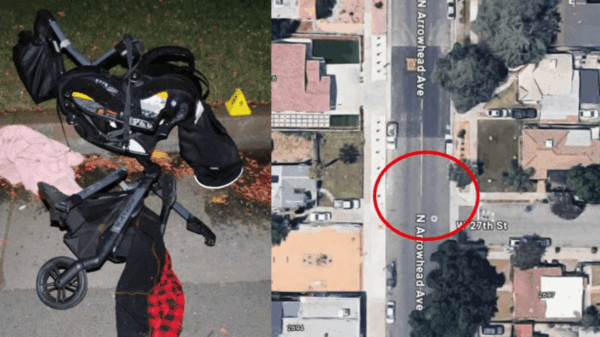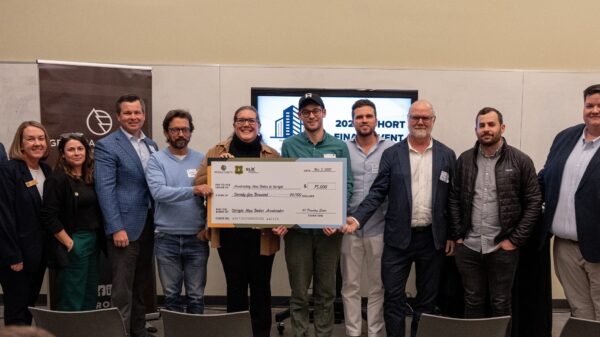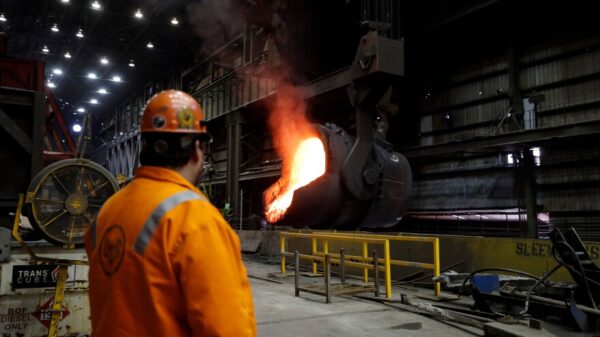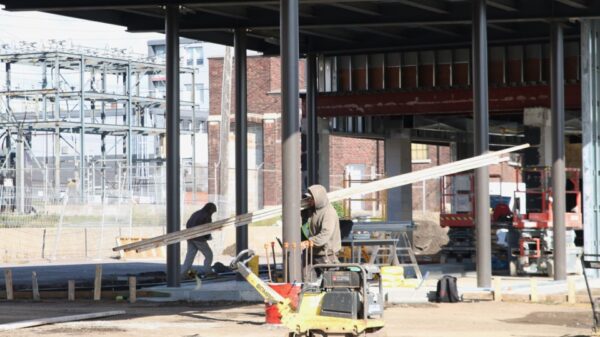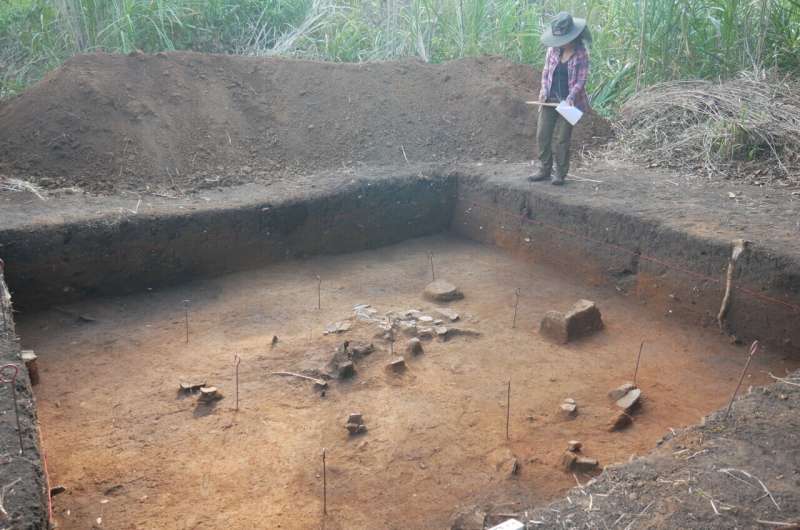Recent archaeological research reveals that Indigenous Peoples have thrived in the southwestern Amazon for over 1,000 years. A multidisciplinary expedition to the Great Tectonic Lakes of Exaltación in Bolivia, conducted in September 2021, uncovered significant evidence of human adaptation and ecological management in the region. This mission, organized by the Grupo de Trabajo para los Llanos de Moxos (GTLM), included collaboration among esteemed organizations such as the Wildlife Conservation Society and the National Museum of Natural History.
Uncovering a Rich Human History
The Great Tectonic Lakes, specifically Lakes Rogaguado and Ginebra, are located in the Beni department and are recognized for their ecological and cultural significance by UNESCO. These landscapes serve as living archives that illustrate a deep history of interaction between humans and their environment. The expedition employed advanced techniques such as survey, excavation, and LiDAR mapping to document archaeological sites that reflect the long history of settlement in the area.
The findings, published in Frontiers in Environmental Archaeology, indicate successive periods of occupation from approximately 600 to 1400 CE. Notable sites include Paquío, Coquinal, Isla del Tesoro, and Jasschaja. The research at Paquío shows evidence of early settlement, with significant activity between 1000 and 1200 CE, featuring elaborate canal systems and raised fields linked to maize agriculture. In contrast, Jasschaja, dated to 1300 to 1400 CE, highlights broadened landscape transformations and increased plant diversity, indicating advanced agricultural practices.
Lessons in Sustainability
The intricate earthworks discovered in these wetlands—such as circular and quadrangular ditches and drainage canals—exemplify centuries of local experimentation in water management and cultivation. These structures were engineered to control flooding and create arable land in a seasonally inundated environment. The diversity of these constructions suggests a sustained commitment to adapting to the changing ecological and social landscapes over time.
Excavations also revealed a varied pre-Hispanic diet, illustrating how ancient communities utilized local resources. The remains of fish, reptiles, and mammals point to a mixed economy that included fishing, hunting, gathering, and agriculture. Evidence of cultivated plants such as maize and various palm species further supports the idea of a diversified livelihood.
The contemporary Cayubaba and Movima communities, who continue to inhabit these landscapes, embody a unique form of biocultural heritage. Their deep connection to the land sustains a legacy of ecological and cultural diversity, shaped by centuries of interaction with the environment. During the recent field seasons, collaboration with these communities emphasized dialogue and respect, ensuring that research efforts aligned with their priorities and cultural significance.
As the pressures of deforestation, industrial agriculture, and climate change threaten the Amazon, the lessons learned from the landscapes around Lakes Rogaguado and Ginebra are more vital than ever. The archaeological evidence highlights sustainable practices that integrated farming, fishing, and forest management in adaptive ways. This understanding challenges contemporary notions of development, emphasizing the resilience derived from diverse ecological and cultural knowledge.
The ongoing efforts to protect these wetlands and their biocultural heritage highlight the importance of safeguarding the environments that have long been cared for by Indigenous Peoples. The research not only enriches our understanding of the region’s past but also serves as a bridge to contemporary discussions on sustainability and justice. The legacy of the Amazon’s Indigenous Peoples teaches us that listening to these landscapes can reveal essential insights for navigating our shared future.
For further details, refer to the study titled “Historic landscapes, diversified livelihoods in the southwestern Amazon: The case of Lake Rogaguado and Lake Ginebra (Bolivia)” published in Frontiers in Environmental Archaeology.



